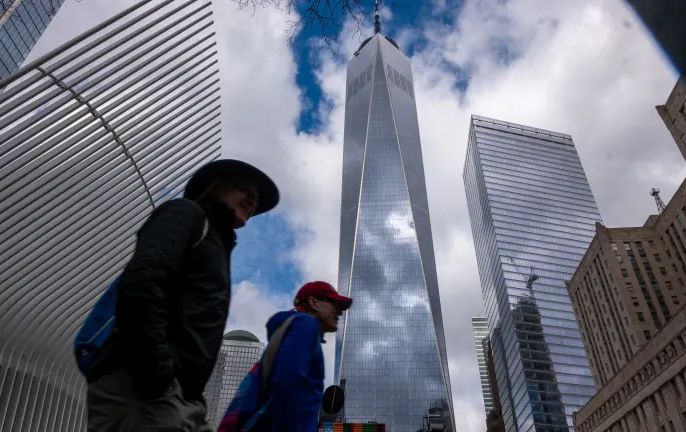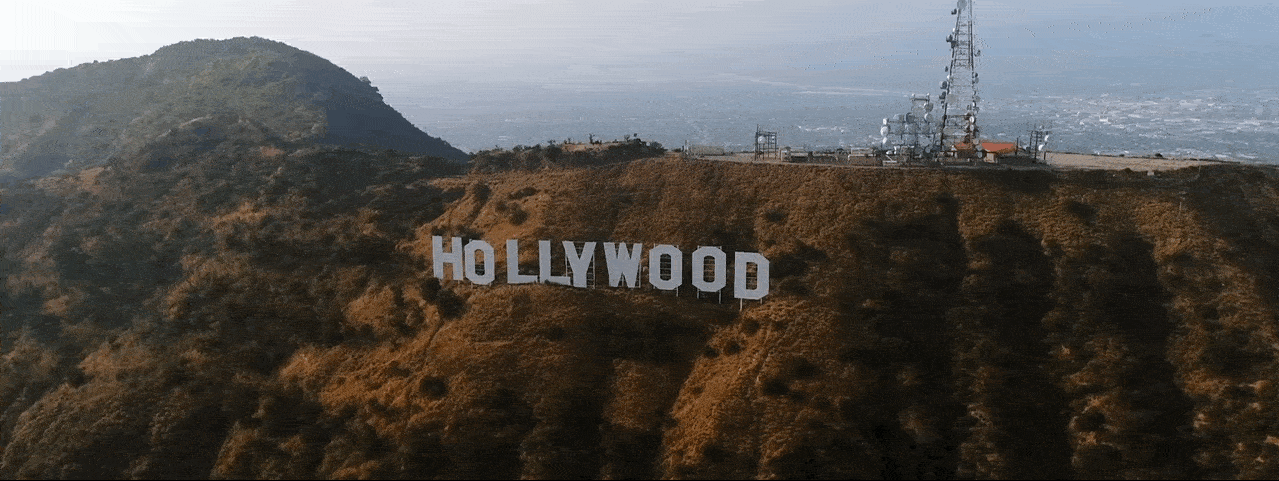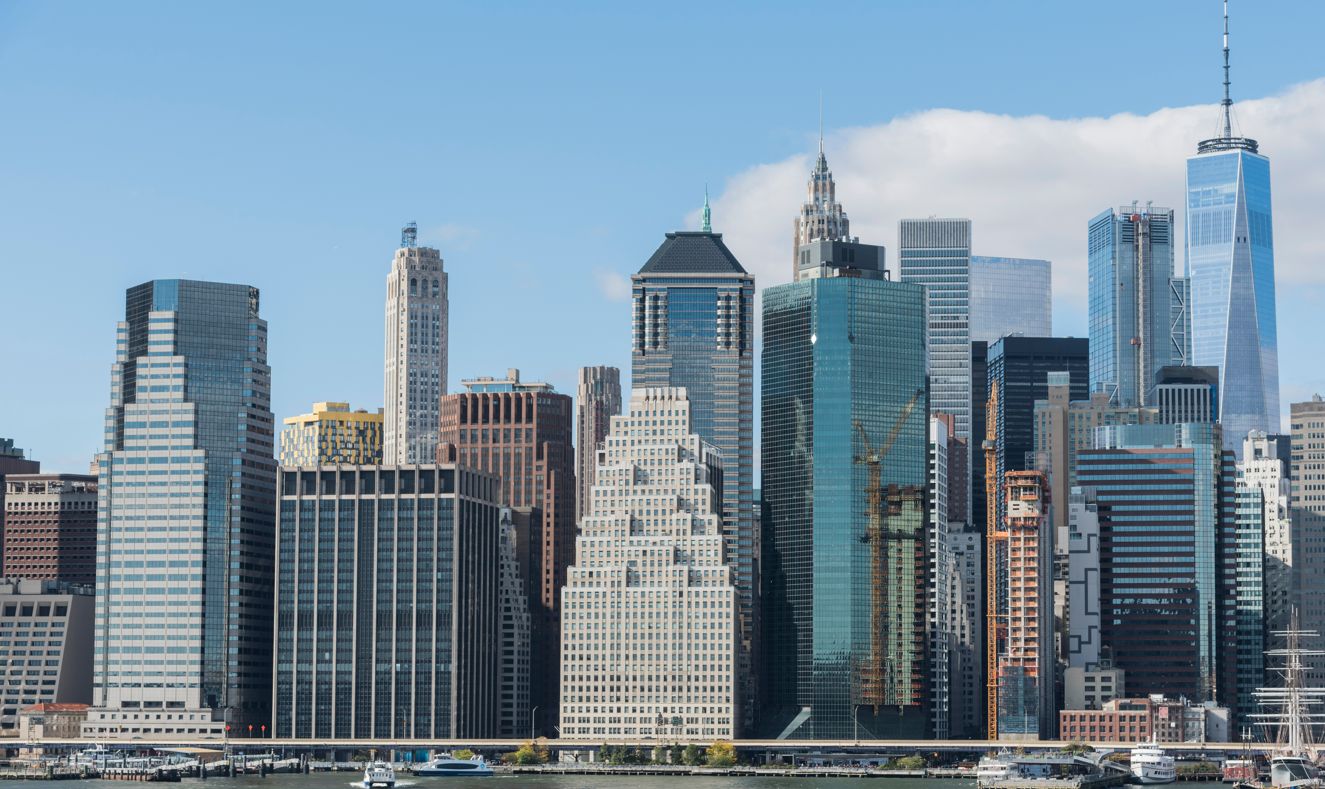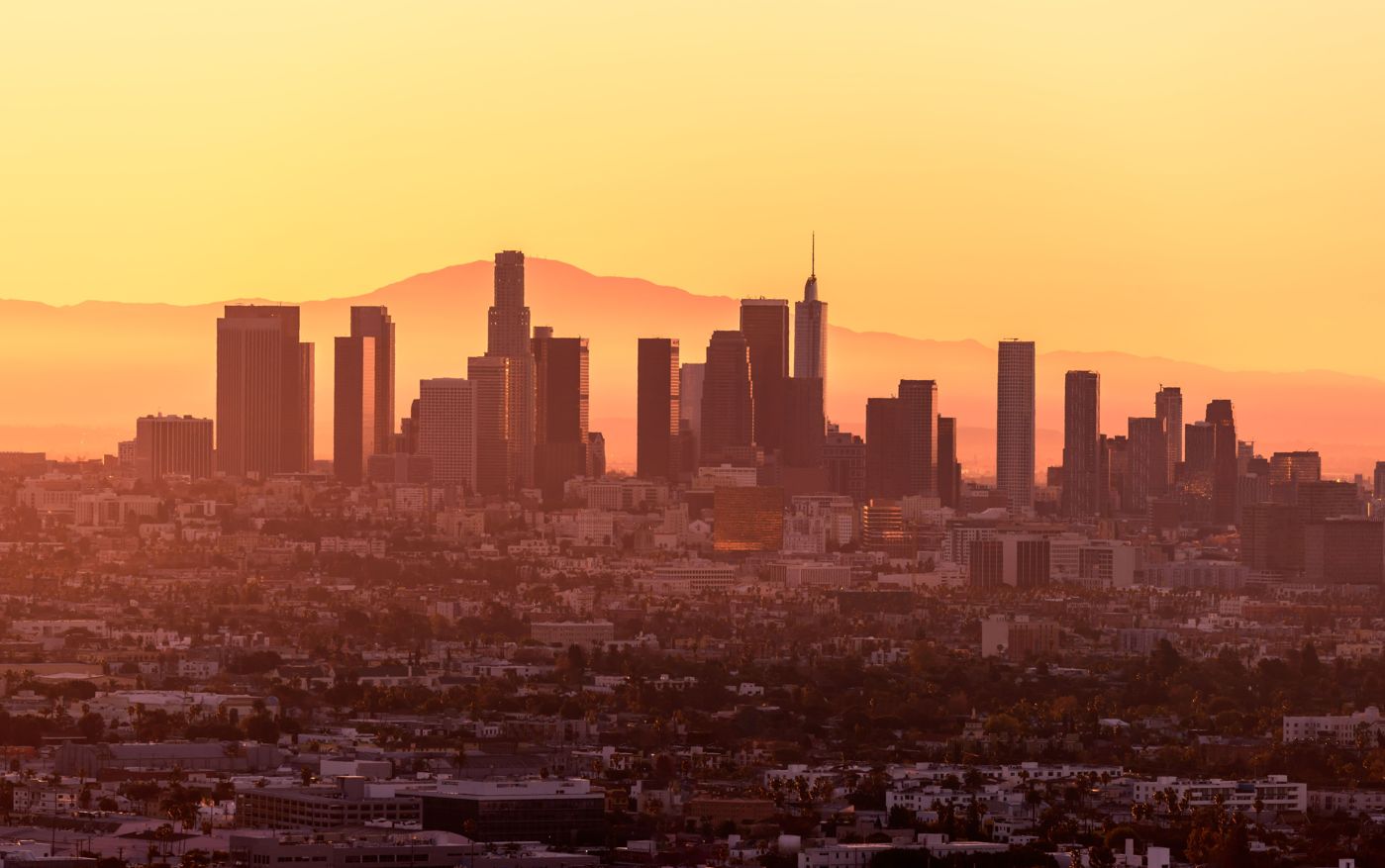NYC hit with Earthquake aftershock. There could still be more. New York City experienced an earthquake aftershock, a surprise to residents and experts alike. The relatively large seismic activity for the area has led to worries that there could be more aftershocks or possibly even a larger quake in future. This has made it a priority for the local authorities and its residents to understand what this means where they are at, as well be prepared just in case there is another major earth quake.
Photo by Spencer Platt / Getty Images
The Aftershock
This after an initial earthquake hit the city — a temblor so unique for its potential origin that it had Rich Harris, New York City director of his employer’s answer to FEMA (the Federal Emergency Management Agency) hollering over the phone at 6:02 on Tuesday morning. Although minor, by the standards of tectonically active regions that are used to earthquakes, it was sufficiently strong enough to damage a few buildings and cause widespread excitement among residents unused to such events. The aftershock’s epicentre was near the city limits, and it hit parts of several boroughs, prompting brief evacuations in some locations.
Seismology and New York City
Seismic activity is not something that normally happens in New York City. The area is on a quiet part of the North American tectonic plate, far from more obvious earthquake zones such as California and Japan. But it is not totally immune to earthquakes. Although rare, the city has had small quakes in the past that have inflicted little damage.
But a moderate aftershock this week was a reminder that we can — and do get seismic activity on the East Coast. It caused a reassessment of the city’s readiness to handle such natural phenomena.
Causes and Consequences
Crew says seismologists are working to determine why the quakes happened so close together. A possible explanation is that the increased stress from along small fault lines in the area may have acted as a trigger for both that aftershock and first quake. These faults may not be as famous — or studied in near the same amount of detail given their relative rarity compared to major tectonic features like the San Andreas Fault (one such “hidden” fault that shares this weakness lay beneath Napa Valley) but they are still capable, when stress is released suddenly, to strengthen and produce a significant seismic event.
The upper limit on aftershock occurrence poses key questions about whether the region could be struck by another powerful earthquake. Although the occurrence of aftershocks after an earthquake is a normal part of the process, they do appear to be on par with or exceed either their average frequency or intensity. Key implications among them:
Likelihood of Further Aftershocks
The shaking in an earthquake may set off additional tremors: Aftershocks are simply earthquakes that don’t happen during the mainshock but afterward and can take place days, weeks or even months after. Residents and authorities need to be alert, prepared for yet another seismic event.
Building Resilience:
Recent aftershock is the point to note that existing structure need proper structural audit and assessment particularly a pre–90 States whereas these structures may not design even for low seismic loads.
Public Awareness:
Widespread public awareness for earthquake preparedness and education are necessary tools to reduce future casualties. This could mean — knowing what to do during an earthquake and securing his/her home/user belongings.

Response and Preparedness
Following the aftershock, city officials redoubled their efforts to prepare and protect New Yorkers. Key measures include:
Safety Week: Emergency Drills and Protocols
The city has launched a rapid sequence of earthquake response exercises to show residents what they would do in the event of an actual disaster. Such drills provide practice for simple safety procedures like “Drop, Cover and Hold On” and evacuations.
Building Inspections:
Inspectors are checking buildings, especially in locations near the epicenter of the aftershock. Right now, they are concentrating on finding “structural deficiencies” and proposing corrective actions.
Public Information Campaigns:
State authorities have been conducting public earthquake preparedness awareness campaigns. That includes handing out flyers, holding community meetings and turning to social media for a wider reach.
Historical Context
New York City is not particularly known as a hotbed of seismic activity, but it does have its share: The biggest earthquake in more than 100 years struck upstate this morning. Among the largest was also an 1884 quake, reported to be about magnitude 5.2 that did substantial destruction in Brooklyn and Manhattan In 2011, an earthquake centered in Virginia was felt all the way up into New York City — raising alarm about faraway quakes that are able to wreak havoc locally.
Technological and Scientific Innovation
Technological and Seismology Advancements Technolog Advancement has a vital role to play in Earthquake Preparedness. Numerous modern seismographs and sensors throughout a large city like Tokyo provide valuable data to researchers for monitoring and analyzing seismic activity. Furthermore, early warning systems (which are more common in high seismic activity areas) may be developed to alert New York City and give us the few precious seconds needed to take cover before shaking starts.
Preparedness in the Community and for an Individual
Two major parts of preparing for Earthquake are- Community and individual preparedness. There are several protective measure residents can take to keep themselves and their property safe.
Secure Your Furniture, Appliances and Heavy Items:
Securing heavy furniture, appliances and anything that may fall over in the event of an earthquake can prevent injury to you or damage during a severe ground shaking.
Emergency Kits:
Keeping an emergency preparedness kit with water, food, first-aid supplies and essential documents is a good idea for any disaster.
Family Communication Plans:
Creating a family communication plan helps to make sure that everyone knows who is contact and where they will go if an emergency arises
Looking Ahead
This latest aftershock is clearly a wake-up call for New York City as well. This highlights the importance of staying on heightened alert, being well-prepared and adaptable to natural disasters. The city cannot avoid earthquakes, but they can certainly increase the resilience as a city and being able to respond to the dangers.
Conclusion
A sudden aftershock from what scientists are calling the East Coast earthquake caught New York City and its nearby environs by surprise Tuesday afternoon, spotlighting both the region’s seismic vulnerability and also the urgent need for more readiness efforts. One thing is for certain: A city that continues to be hit by disaster after disaster wants the city officials and authorities to set up protective frameworks to counter the risk to human life. Vigilance and further efforts in public education, emergency response systems, and ensuring the stability of buildings can reduce the risk that such small tremors will cause more harm when they next strike New York City.
Looking to the future, community involvement, research and advances in technology will prove more important than ever. The aftershock is a reminder that earthquakes may be infrequent but normal beneath our feet—reinforcing the need to prepare and build for resilience.





















